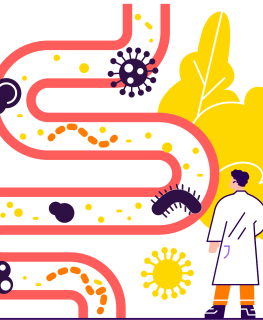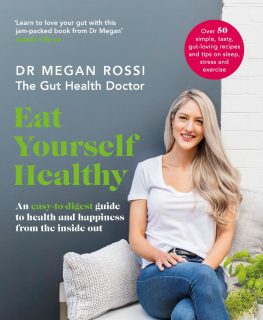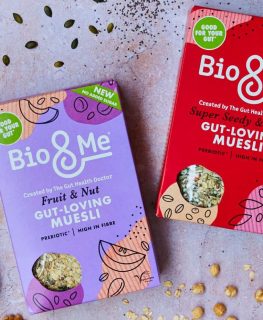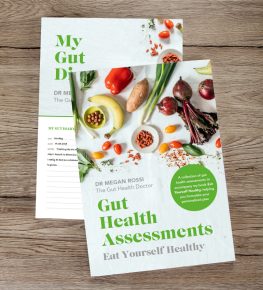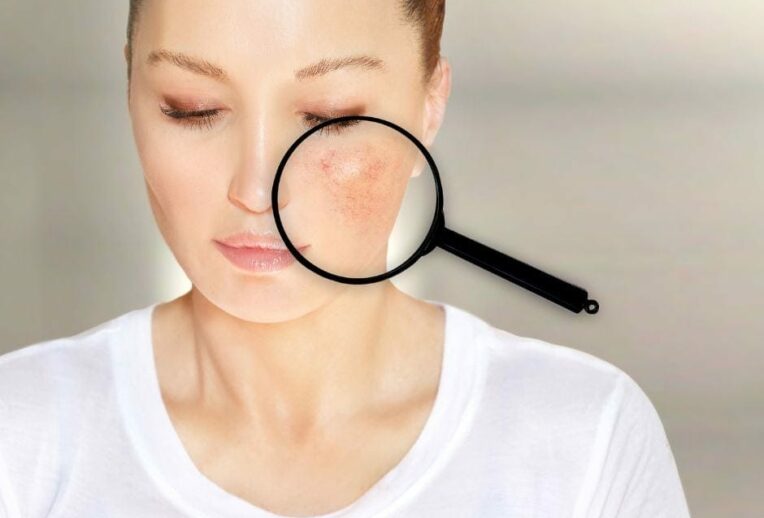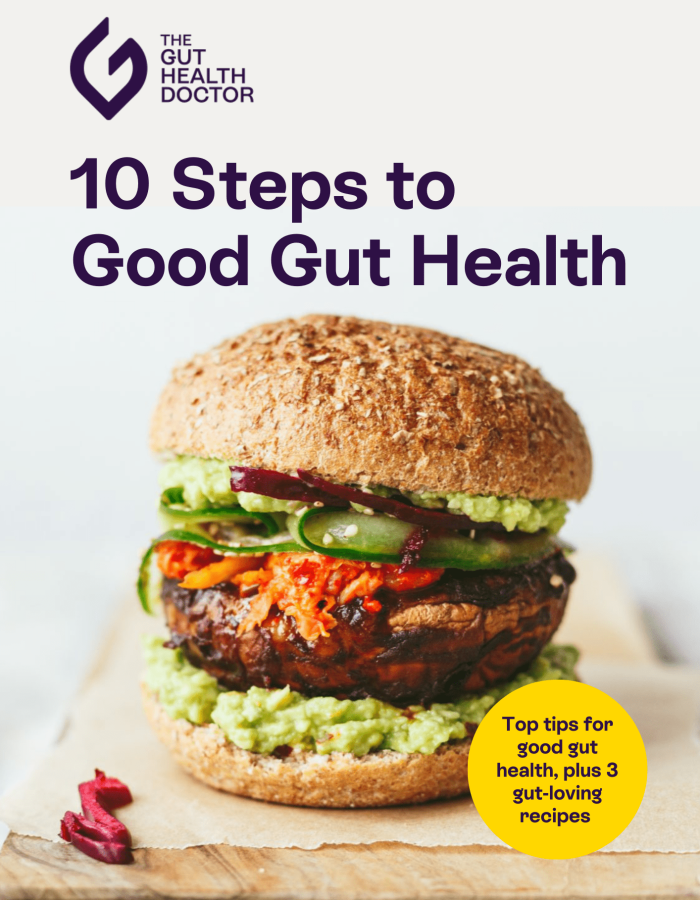Rosacea is an inflammatory skin condition affecting 1 in 10 people in the UK. It is characterised by facial redness or flushing, classically on the cheeks, nose, chin or forehead. This flushing may come and go, although it tends to become more persistent over time and if untreated can lead to bumps and pimples on the skin.
Other signs/symptoms include:
- Visible blood vessels
- Eye irritation
- Burning or stinging around the affected area
- Swelling (oedema) around the affected area
- Dryness of skin
Medical treatment can significantly improve symptoms and if you or someone you know feels they may be experiencing Rosacea, it is best to see a dermatologist as soon as possible.
What causes Rosacea?
The precise causes are unknown, however there is thought to be a genetic link. Those with Rosacea have a dysregulated immune system, some element of abnormal brain and blood vessel signalling and disrupted gut bacteria. All of these factors contribute to condition development.
Non-food triggers for symptoms
(in order of percentage affected as per national rosacea society survey):
- Sun exposure
- Stress
- Hot weather
- Wind
- Heavy exercise
- Hot baths
- Cold weather
What is the treatment for Rosacea?
Treatment varies person to person. This can include oral tablets or topical creams to treat symptoms. In some circumstances laser therapy or surgery may be used to remove blood vessels or bumps.
Often people with Rosacea have fair and sensitive skin and a good skin routine is key. They should use a mild cleanser, lukewarm water and a thick cotton towel to blot the skin dry, rather than a rough washcloth.
We discuss the role of diet in the treatment of rosacea next, as that’s why you’re here I’m sure!
Gut microbiome & the gut-skin connection
The gut and gut bacteria play a role in inflammation and the immune system. We know the more diverse the level of bacteria within your gut, the stronger your immune system is.
What can you do?
Eat a wide variety of plant-based products, including a good level of prebiotics. Prebiotics feed our gut bacteria and are found in foods such as garlic, onion, leeks, mushrooms and wheat.
Probiotics could potentially be useful in Rosacea, given the link between the gut bacteria. However, some probiotics can increase histamine release, which could potentially worsen symptoms in a small cohort of people. Be sure to be guided by a gut health dietitian if you are considering probiotics in Rosacea. We can help with this in the clinic – book now!
Anti-inflammatory foods
An anti-inflammatory diet rich in omega 3’s (oily fish, nuts/seeds, rapeseed/olive oil) can be useful, whilst reducing omega 6 fats (vegetable oils, skin on poultry and fat on meat) can be theoretically useful, and one study found omega 3 supplementation could be useful to reduce symptoms of dry eyes.
Are there any other nutrients which could help?
Potentially zinc supplementation could help alleviate some of the symptoms. It is an essential part of the immune system, however the jury is still out, with some trials showing potential benefit and others showing no benefit.
Potential trigger foods
Reported trigger foods and drinks can largely be grouped into: heat related, alcohol related, capsaicin related and cinnamaldehyde-related products. These potential triggers are thought to dilate (relax) blood vessels, which appear as visible flushing on the face.
Below are potential trigger foods, as reported by the national rosacea society.
- Wine
- Cinnamon
- Tomatoes
- Spicy foods
- Hot beverages
- Histamines (see note below)
Histamines and Rosacea
A small selection of people with Rosacea may find some high histamine foods triggering. Histamines are released from mast cells in an allergic inflammatory response and can trigger symptoms similar to those seen in Rosacea. A low histamine diet shouldn’t be followed without the assistance of a specialist dietitian as it can be extremely restrictive and includes the removal of many foods which are good for our gut health. We have team members who can help guide you on this!
Conclusions
Dietary and lifestyle management of Rosacea is very individual as what triggers one person may not trigger another.
A dietitian experienced in this area can help guide you through the management and discover individual triggers for you, as well as optimise your gut health and microbiome, which we know is linked with skin health and Rosacea.
References:
- Searle, T., Ali, F.R., Carolides, S. and Al-Niaimi, F. (2021). Rosacea and Diet: What is New in 2021? The Journal of clinical and aesthetic dermatology, [online] 14(12), pp.49–54. Available at: https://www.ncbi.nlm.nih.gov/pmc/articles/PMC8794493/.
- Rosacea.org. (n.d.). Rosacea Triggers Survey. [online] Available at: https://www.rosacea.org/patients/rosacea-triggers/rosacea-triggers-survey.
